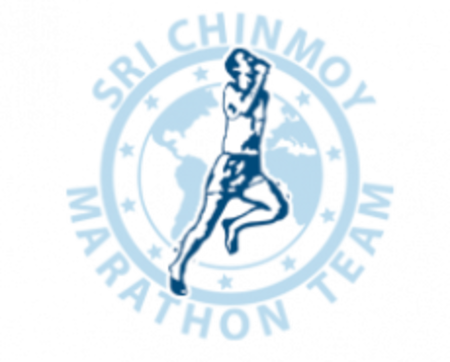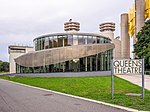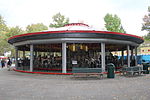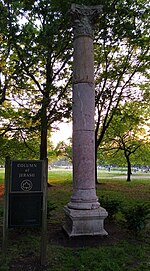Flushing Meadows–Corona Park, often referred to as Flushing Meadows Park, or simply Flushing Meadows, is a public park in the northern part of Queens, New York City. It is bounded by I-678 (Van Wyck Expressway) on the east, Grand Central Parkway on the west, Flushing Bay on the north, and Union Turnpike on the south. Flushing Meadows–Corona Park is the fourth-largest public park in New York City, with a total area of 897 acres (363 ha).
Until the 19th century, the site consisted of wetlands straddling the Flushing River, which traverses the region from north to south. Starting in the first decade of the 20th century, it was used as a dumping ground for ashes, since at the time, the land was so far away from the developed parts of New York City as to be considered almost worthless. New York City Parks Commissioner Robert Moses first conceived the idea of developing a large park in Flushing Meadow in the 1920s as part of a system of parks across eastern Queens. Flushing Meadows–Corona Park was created as the site of the 1939 New York World's Fair and also hosted the 1964 New York World's Fair. Following the 1964 fair, the park fell into disrepair, although some improvements have taken place since the 1990s and 2000s.
Flushing Meadows–Corona Park retains much of the layout from the 1939 World's Fair. Its attractions include the USTA Billie Jean King National Tennis Center, the current venue for the US Open tennis tournament; Citi Field, the home of the New York Mets baseball team; the New York Hall of Science; the Queens Museum; the Queens Theatre in the Park; the Queens Zoo; the Unisphere; and the New York State Pavilion. It formerly contained Shea Stadium, demolished in 2009. The Flushing River continues to run through the park, and two large lakes called Meadow and Willow Lakes take up much of the park's area south of the Long Island Expressway.
Flushing Meadows–Corona Park is owned and maintained by New York City Department of Parks and Recreation, also known as NYC Parks. Private, non-profit groups such as the Flushing Meadows–Corona Park Conservancy and the Alliance for Flushing Meadows–Corona Park provide additional funds, services, and support. The park is at the eastern edge of the area encompassed by Queens Community Board 4.










